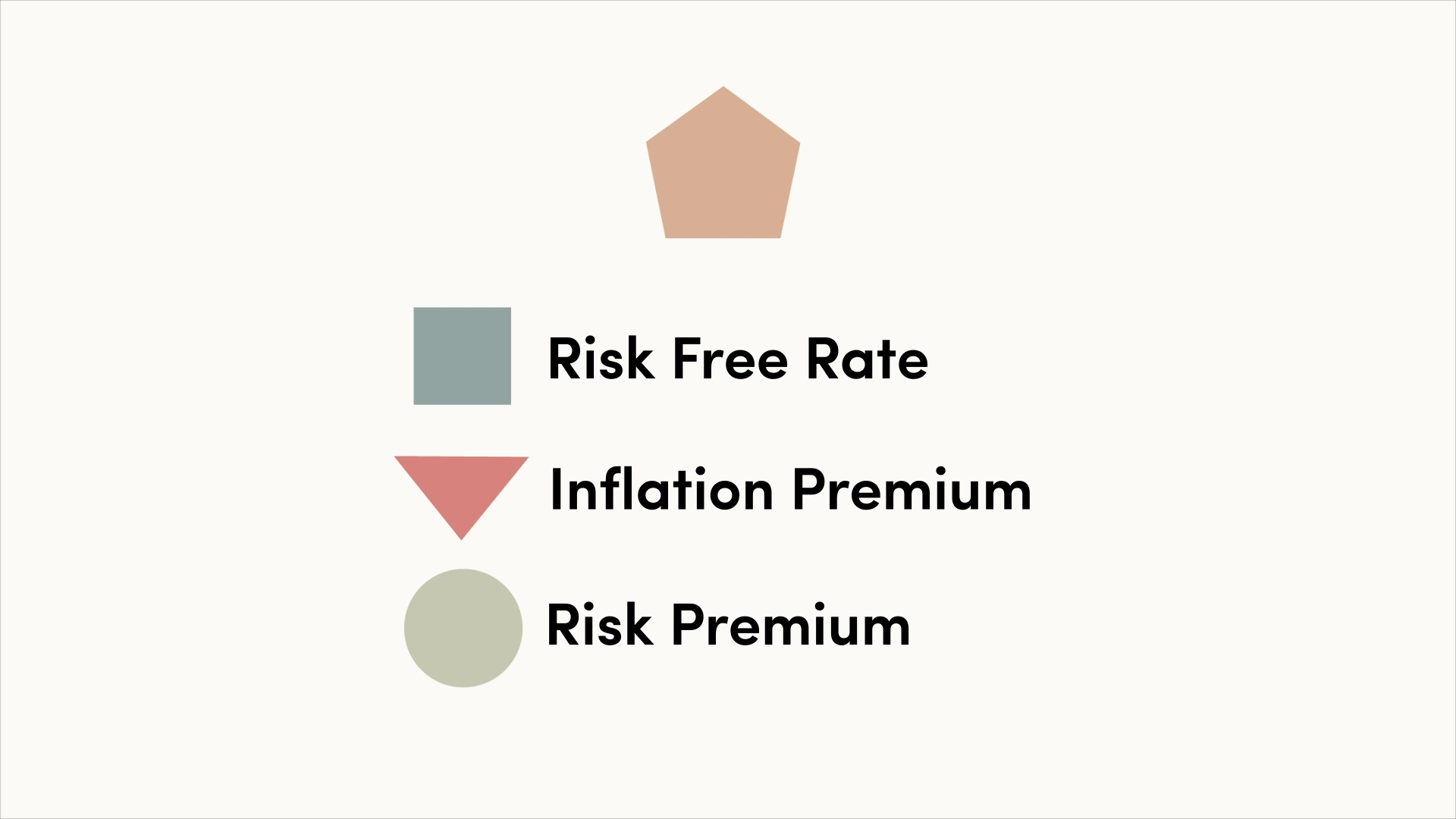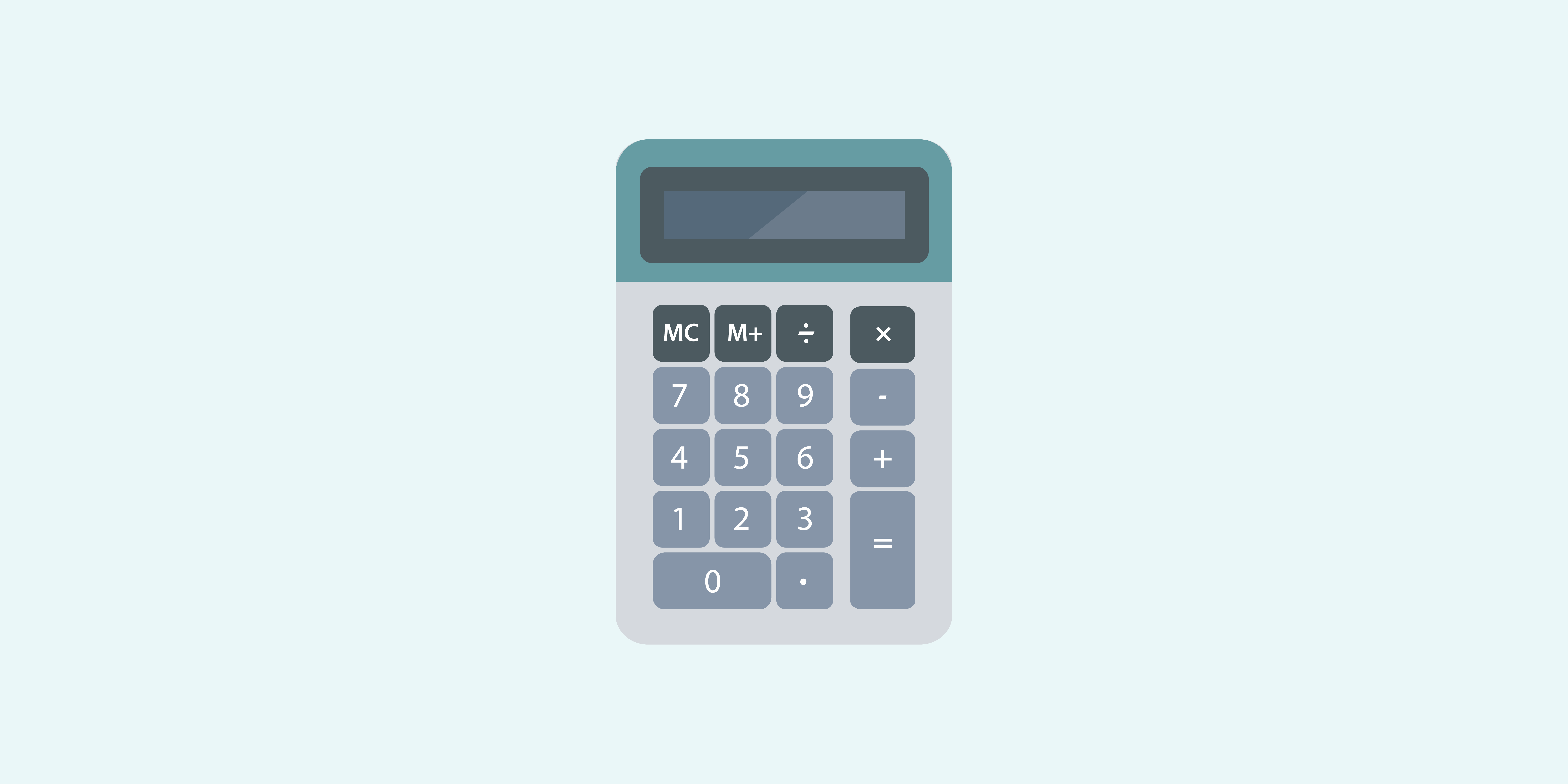Video transcript
An interest rate is a single figure, but it’s made up of three different components:
- Risk-free Rate
- Inflation Premium
- Risk Premium
The Risk-Free Rate is the rate of return an investor would expect from a risk-free asset or one with zero associated risk of loss.
Think of a GIC (guaranteed investment certificate) or Treasury Bill.
The Inflation Premium adds to the interest rate because lenders want some measure of compensation for any deterioration in purchasing power by the time the borrowed money is repaid.
Reduced purchasing power means that $1 today goes further than that $1 dollar will go tomorrow or any other future day. Generally speaking of course – as there have been periods of deflation during our financial history.
The longer the term of the loan, the greater the potential loss of purchasing power. This usually translates into a higher inflation premium for longer-term loans.
The Risk Premium comes into play since lending carries a risk of non-repayment. So, the risk premium reflects the varying degrees of risk that a lender is not fully repaid.
This increases the interest rate charged to borrow funds and explains why riskier borrowers are charged higher interest rates on credit cards and car loans, for example.
Borrowers are assessed prior to being able to access funds and typically assigned a risk rating, which will affect the risk premium they will have to pay in order to borrow money.
Lenders expect to receive a greater risk premium in exchange for lending to higher-risk borrowers or else they would simply lend to a less risky party.
Add up these three components and you get the relevant interest rate for a specific transaction.
While interest rates are represented as a single percentage, knowing that number is made up of three different rates is important to understanding the value of your financial decisions.





